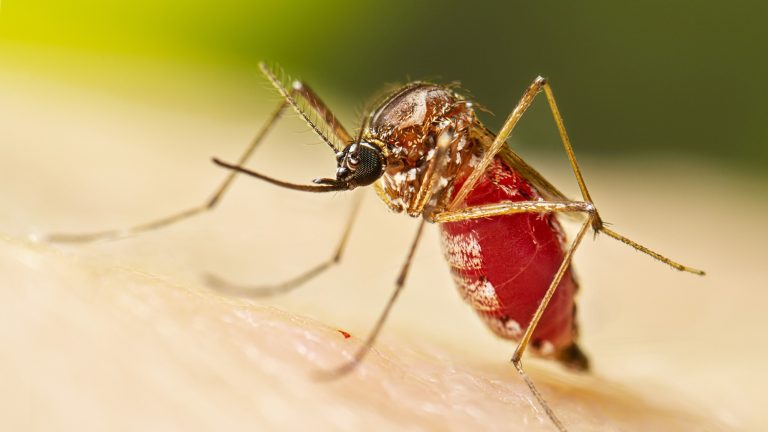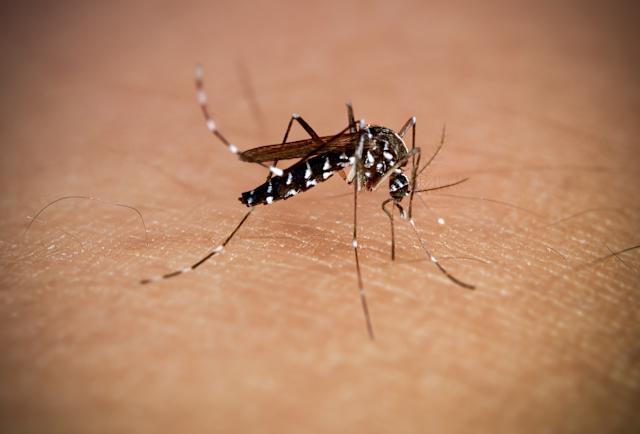Hong Kong’s health authorities have confirmed the city’s first locally acquired case of chikungunya fever, sparking immediate public health response and community vigilance. The case involves an 82-year-old woman from Suet Fung House in Diamond Hill’s Fung Tak Estate, who tested positive for the virus without any recent travel history.
Edwin Tsui Lok-kin, Controller of the Centre for Health Protection (CHP), explained that the patient likely contracted the virus through local transmission, potentially introduced by an undetected overseas traveler. While this marks a significant development, health officials stress there is currently no evidence of a sustained transmission chain in the city.
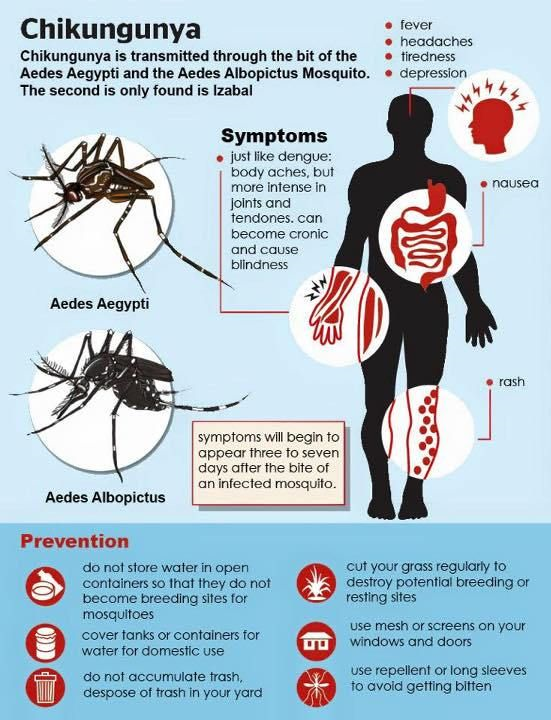
The chikungunya virus, primarily spread by Aedes mosquitoes, can cause symptoms including high fever, severe joint pain, and skin rashes. Although rarely fatal, the disease can lead to prolonged discomfort and occasionally chronic joint issues. In response to this case, authorities have launched comprehensive preventive measures focusing on two critical areas: mosquito control and community monitoring.
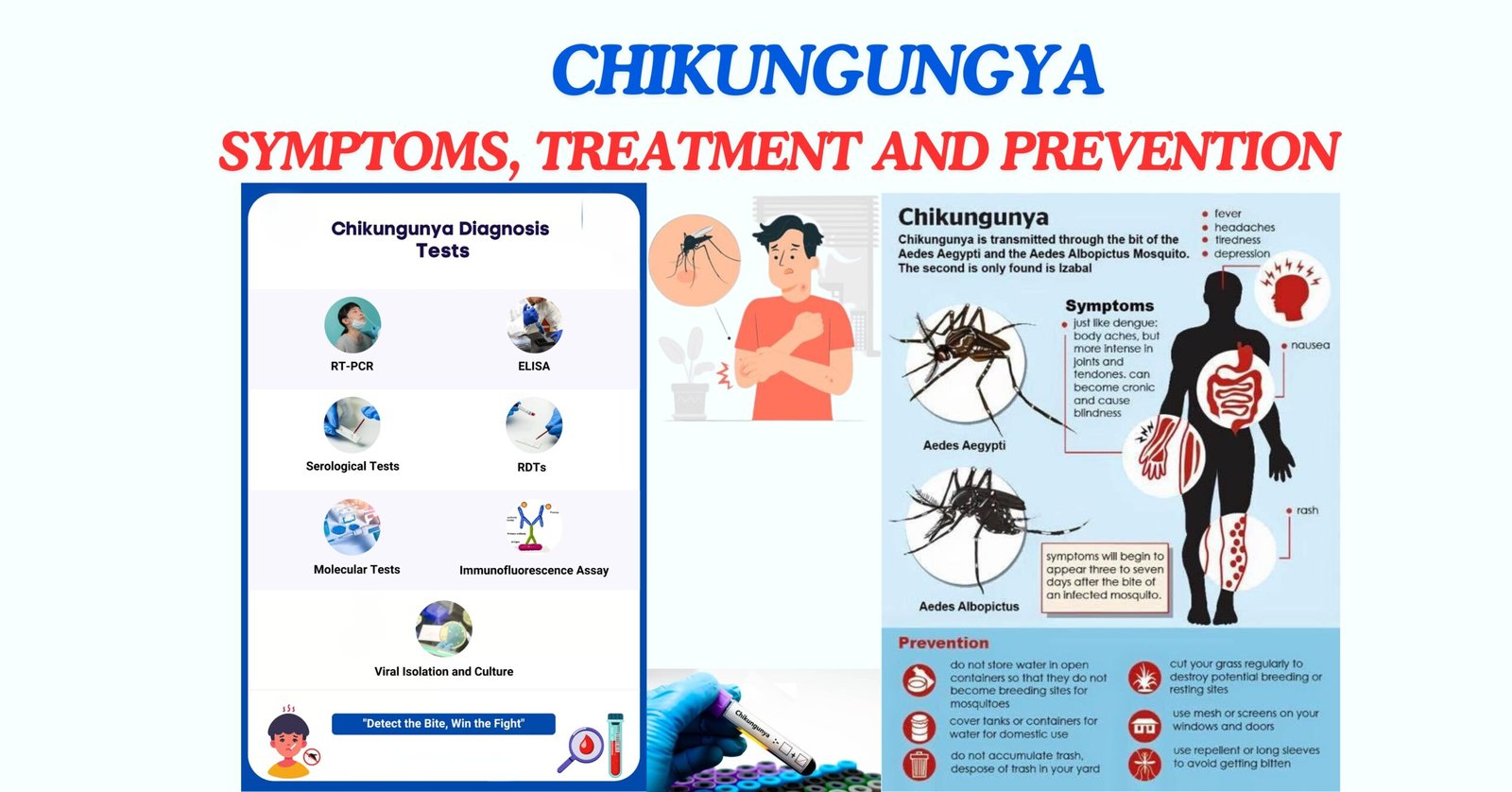
Within a 200-meter radius of the patient’s residence—covering approximately 20 residential blocks—health officers are actively tracing potential contacts and investigating possible transmission routes. They are reaching out to households, urging residents to report any symptoms like fever, joint pain, or rashes. Nearby institutions, such as AOG St. Hilary’s College, have already implemented preventive protocols, demonstrating the community’s proactive approach.
Mosquito control remains a primary strategy. Despite the low mosquito vector index in Diamond Hill, officials warn that even a small number of infected mosquitoes could pose significant risks. The CHP has intensified anti-mosquito operations, focusing on suppressing adult mosquito populations and eliminating potential breeding grounds.
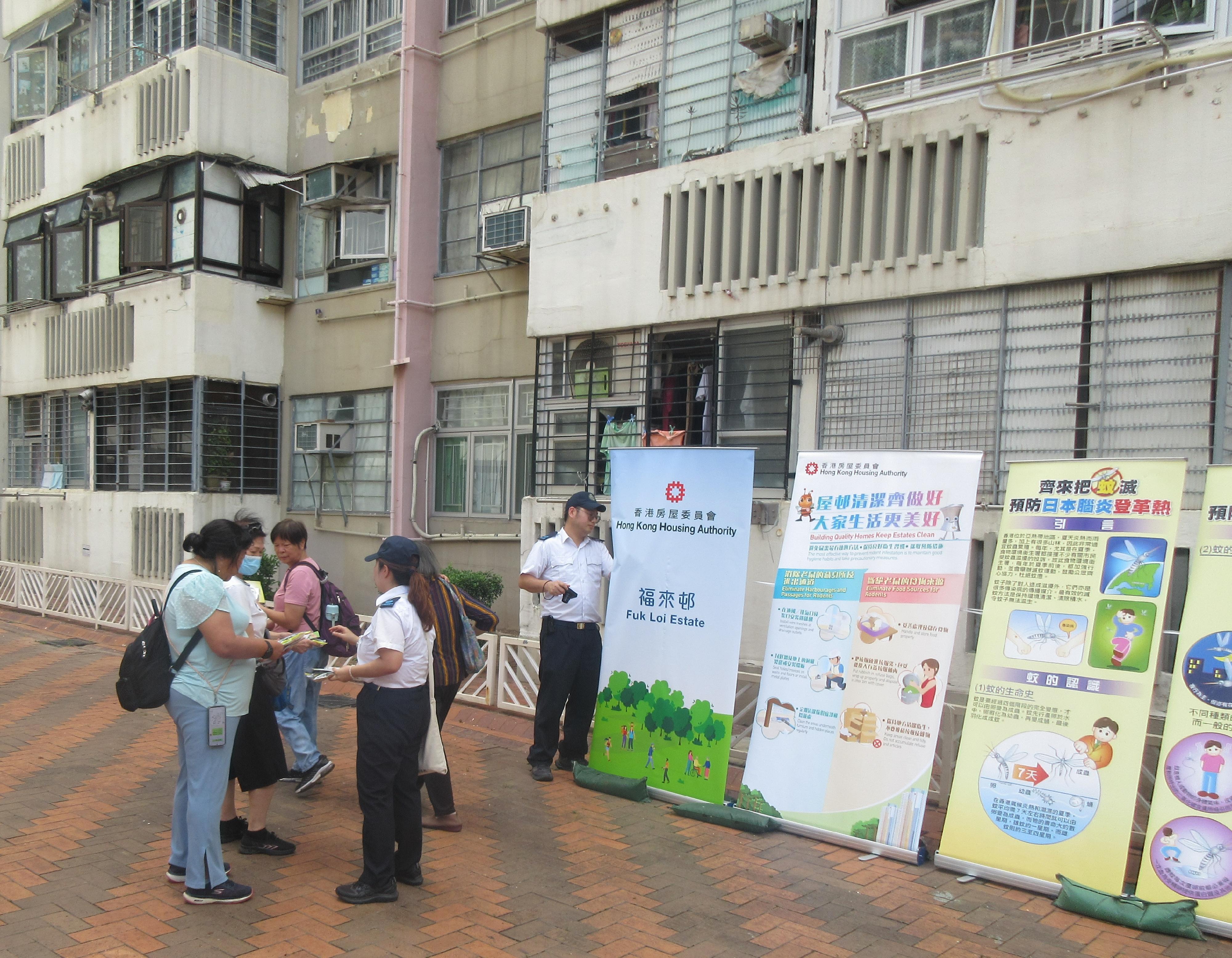
Public cooperation is crucial in mitigating transmission risks. Health authorities recommend simple yet effective preventive actions: clearing standing water, using insect repellent, installing window screens, and maintaining good environmental hygiene. These measures can substantially reduce mosquito breeding and bite potential.
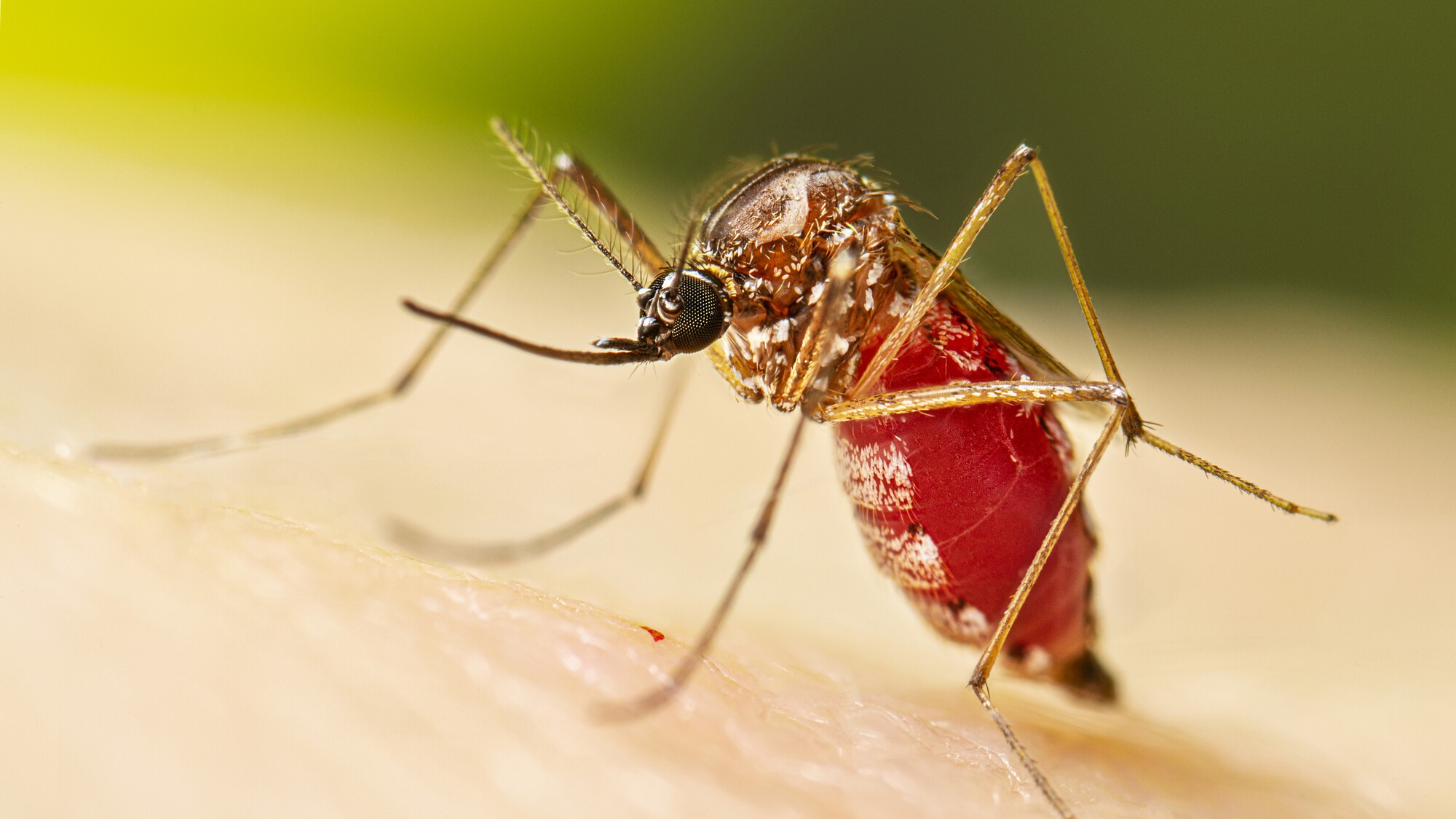
Tsui emphasized that while this is Hong Kong’s first locally acquired case, the situation remains manageable. Epidemiological investigations found no direct links to previously recorded imported cases, suggesting the virus might have been introduced through an undetected carrier. However, the potential for transmission remains a concern that requires sustained vigilance.
The incident highlights the complex dynamics of infectious disease spread in urban environments, particularly in a globally connected city like Hong Kong. It underscores the importance of robust public health surveillance, rapid response mechanisms, and community awareness.
As investigations continue, residents are encouraged to stay informed, practice preventive measures, and promptly report any potential symptoms. The CHP will continue monitoring the situation closely, providing updates and guidance to ensure public safety.
This case serves as a reminder that mosquito-borne diseases can emerge unexpectedly, demanding constant preparedness and collaborative efforts between health authorities and the community. While the current risk appears contained, ongoing vigilance remains key to preventing potential wider transmission.


